Image of 1960 Ford Falcon, Note: These illustrations use artistic license and may differ from actual historical models.
Performance Metrics
Fundamental Metrics
Emotional Appeal
MMP Rating
| Engine Specifications | |
|---|---|
| Engine: | Inline 6 |
| Displacement: | 144 cu in (2.4 L) |
| Horsepower: | 85 hp |
| Torque: | 134 Nm |
| Compression Ratio: | 8.7:1 |
| Ignition System: | Conventional, breaker point |
| Cooling System: | Water-cooled |
| Performance Specifications | |
| 0-60 Time: | 14.3 seconds |
| 1/4 Mile Time: | 19.6 seconds |
| Top Speed: | 85 mph |
| Transmission and Drive | |
| Drive Type: | Rear-wheel drive |
| Transmission Type: | 2-speed automatic or 3-speed manual |
| Fuel and Efficiency | |
| Fuel System Type: | Carburetor |
| MPG: | 25-30 mpg |
| Dimensions and Brakes | |
| Brakes: | Drum brakes |
| Wheelbase: | 109.5 inches |
| Weight: | 2,337 lbs |
Note: Specifications for classic cars are given to the best of our ability, considering the limited and variant data available.
A Journey Back to the Dawn of Compact Cars: The 1960 Ford Falcon
The 1960 Ford Falcon arrived on the automotive scene not with a roar, but with the promise of practicality and efficiency. In an era dominated by large, gas-guzzling vehicles, the Falcon offered a refreshing alternative that would soon become a blueprint for future compact cars. Ford Motor Company, known for its innovation and mass-production prowess, introduced the Falcon as an answer to America's growing interest in smaller, more economical vehicles. The Falcon's debut was not just another car launch; it marked a pivotal shift in American automotive culture.
One unique fact that sets the Falcon apart is that it was the basis for the legendary Ford Mustang. The compact Falcon lent its platform to create what would become one of the most iconic muscle cars in history, showcasing its versatility and importance in Ford's lineup.
Design and Innovation: A Study in Simplicity and Function
The exterior of the 1960 Ford Falcon was a study in simplicity and function. Its clean lines and unassuming profile were a stark contrast to the flamboyant designs of the late '50s. The car's modest grille and round headlights exuded an air of approachability, while its relatively small stature made it a nimble contender in urban environments.
Inside, the Falcon was equally understated, with a focus on basic comfort rather than luxury. Materials were durable and utilitarian, designed to withstand daily use without compromising on quality. Technologically, it boasted features like an optional Fordomatic automatic transmission and a simple yet effective heater-defroster system—innovations aimed at enhancing driver convenience.
Color options ranged from understated to vibrant, with Corinthian White and Monte Carlo Red being among the popular choices. Body styles included two- and four-door sedans, a two-door wagon, and even a Ranchero pickup variant. However, it was the two-door sedan that became emblematic of the Falcon's identity—practical, accessible, and stylish in its own right.
Historical Significance: The Compact Car Catalyst
The 1960 Ford Falcon emerged as a catalyst for change within the automotive industry. It challenged the status quo by proving that smaller could indeed be better—or at least more practical—for many American drivers. Its success paved the way for other manufacturers to explore compact designs, ultimately leading to an entirely new vehicle segment.
What truly set this car apart from its contemporaries was its ability to meet consumer demands for economy without sacrificing reliability or driving pleasure. Its lasting influence can be seen in subsequent generations of compact cars that followed its economical ethos.
Performance and Handling: Nimble and Efficient
The original Falcon's performance was modest by today's standards but impressive for its time. With a top speed around 90 mph and acceleration from 0-60 mph in about 19 seconds, it offered adequate performance for everyday driving needs. Handling was surprisingly nimble for such an economical car; it took bumps with composure and remained stable even on windier roads.
Driving a 1960 Ford Falcon was about enjoying simplicity; from the hum of its inline-six engine to the straightforward interaction with its controls—it provided an honest driving experience that resonated with many Americans.
Ownership Experience: From Daily Commutes to Classic Shows
The Ford Falcon served many roles—from daily commuter to show car enthusiast favorite—and even had some success on racing circuits. Owners appreciated its maintenance ease due to widespread parts availability and straightforward mechanical design. While reliability was generally good for the era, like any classic car, regular upkeep is key to keeping a Falcon roadworthy today.
Fun Facts: A Car with Stories to Tell
The Falcon has had its share of limelight; rare editions like the Sprint package are highly sought after by collectors. Celebrity ownerships have added allure to certain examples—adding provenance that can significantly increase value. While not known for breaking speed records, it certainly broke sales expectations with over half a million units sold in its first year alone.
Critics often pointed out its lackluster power when compared to more muscular offerings of the time; however, this was also part of its charm—a car built for practicality over performance.
Collector's Information: A Blue-Chip Investment?
Today, values for well-preserved Falcons can vary widely based on condition, rarity, and historical significance. Estimates suggest that over three million Falcons were produced during its first generation (1960-1963), making them relatively available on the classic market. As far as appreciation goes, pristine examples have seen steady increases in value—especially rarer models like convertibles or those with V8 engines.
A well-maintained 1960 Ford Falcon might fetch anywhere from $10,000 to $25,000 or more depending on various factors such as originality and provenance.
Conclusion: The Legacy of Practicality Meets Passion
In summary, the 1960 Ford Falcon stands as an enduring symbol of America's shift towards smaller cars—a trend that continues today. Its blend of practical design with an enjoyable driving experience has cemented its place in automotive history. Whether you're behind the wheel or admiring one at a show, there's no denying the charm and significance of this compact pioneer.
1960 Ford Falcon Catalog of Parts
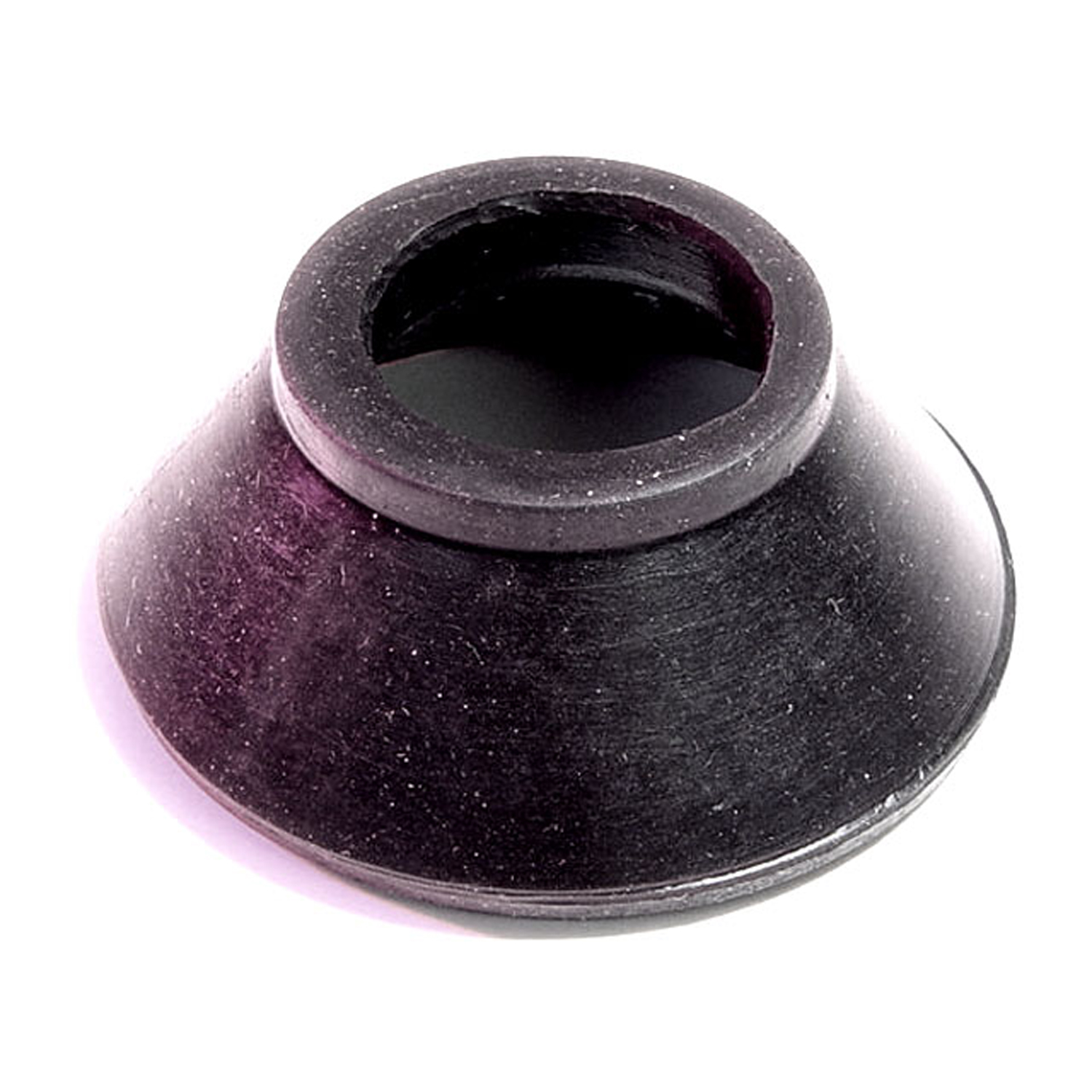 1960 Ford Falcon Suspension Ball Joint Dust Seal. 3/4" top I.D-BN 101-BSuspension Ball Joint Dust Seal. 3/4" top I.D., 1-11/16" bottom O.D., 3/4" high. For some rare models. Check dimensions against original. Each
1960 Ford Falcon Suspension Ball Joint Dust Seal. 3/4" top I.D-BN 101-BSuspension Ball Joint Dust Seal. 3/4" top I.D., 1-11/16" bottom O.D., 3/4" high. For some rare models. Check dimensions against original. Each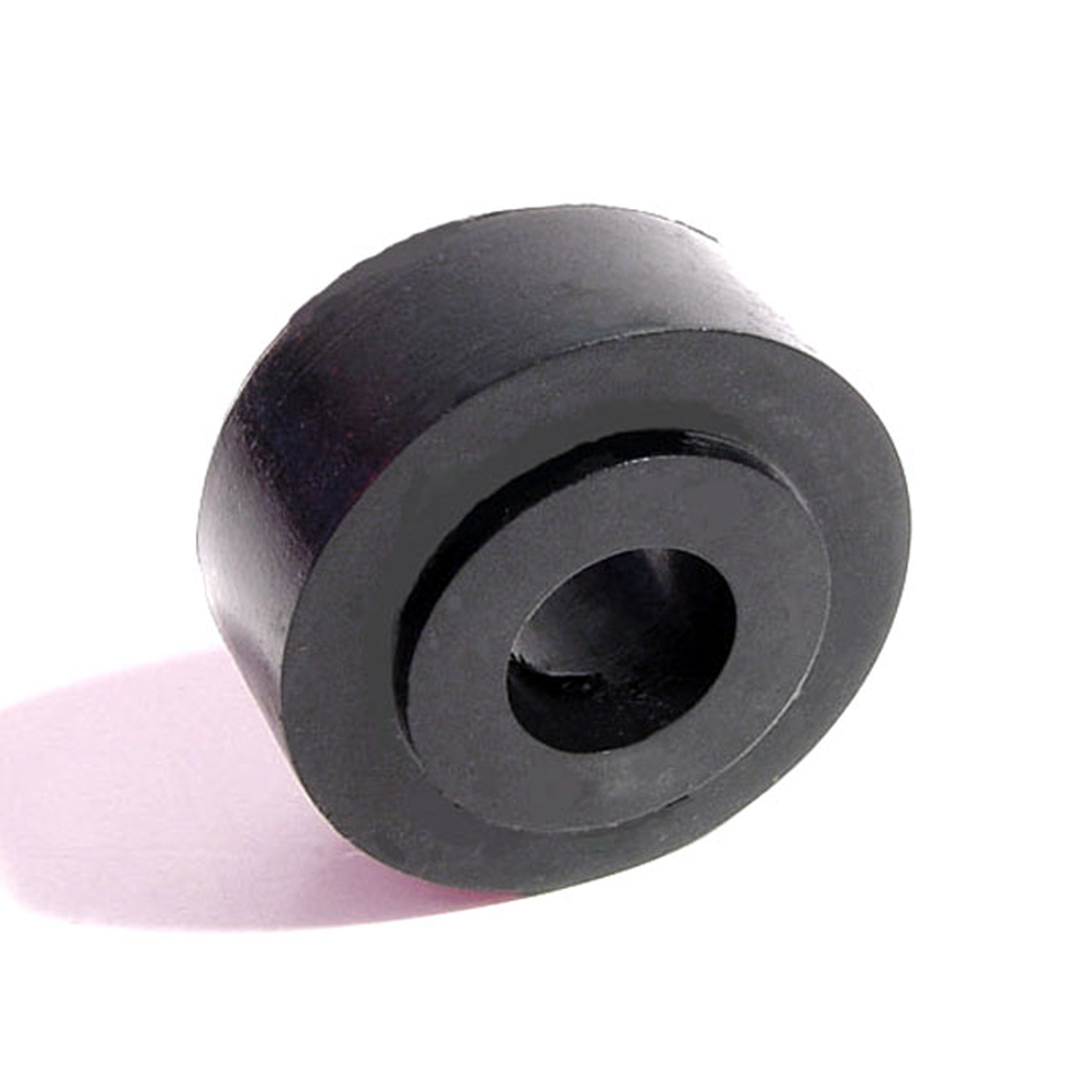 1960 Ford Falcon Shock Absorber Grommet. 1-1/4" bottom O.D., 1" high-BN 12Shock Absorber Grommet. 1-1/4" bottom O.D., 1" high., with 3/4" I.D. Each
1960 Ford Falcon Shock Absorber Grommet. 1-1/4" bottom O.D., 1" high-BN 12Shock Absorber Grommet. 1-1/4" bottom O.D., 1" high., with 3/4" I.D. Each 1960 Ford Falcon Spring and Shackle Bushing. 1" bottom O.D-BN 20Spring and Shackle Bushing. 1" bottom O.D. X 1-5/8" high, with 9/16" I.D. Each
1960 Ford Falcon Spring and Shackle Bushing. 1" bottom O.D-BN 20Spring and Shackle Bushing. 1" bottom O.D. X 1-5/8" high, with 9/16" I.D. Each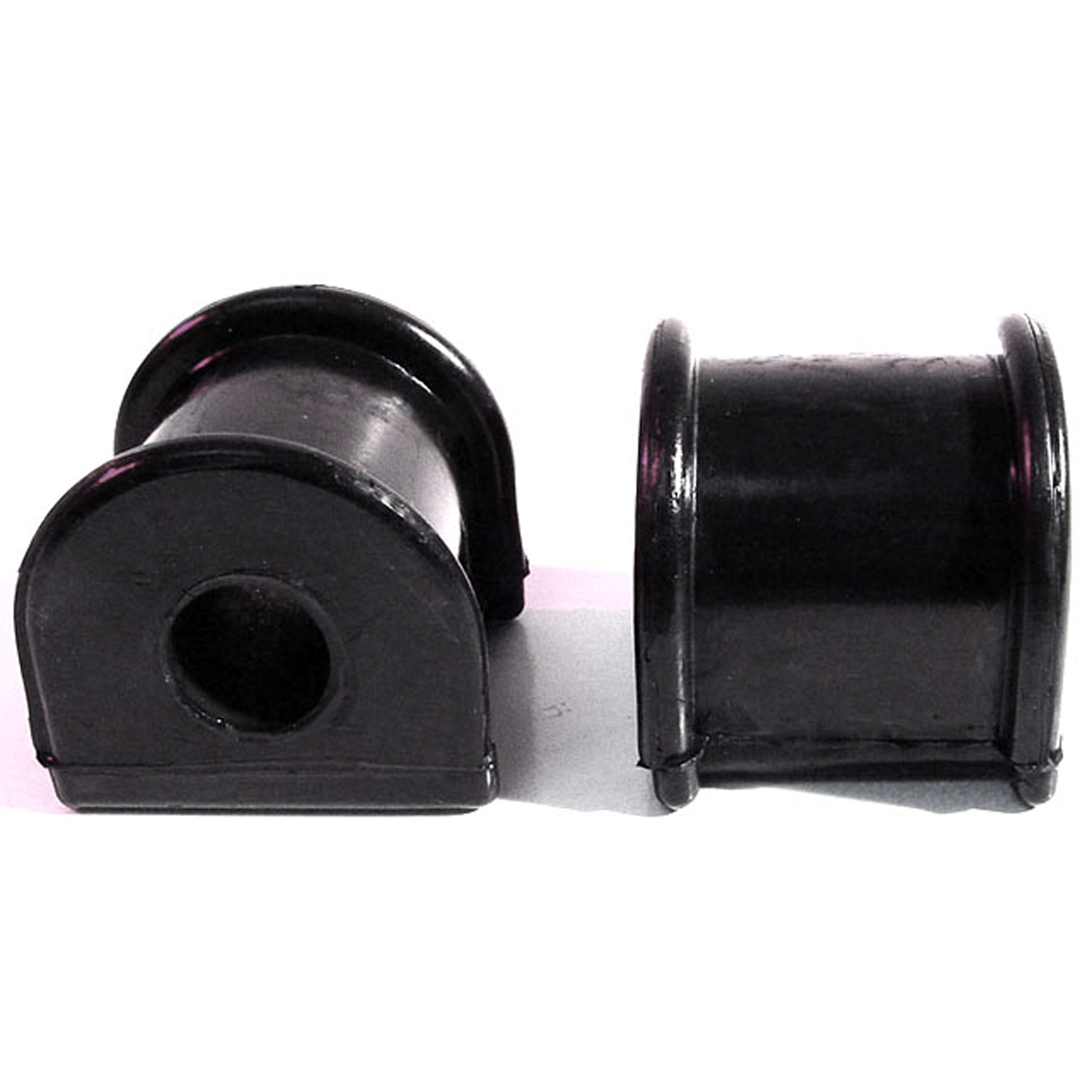 1960 Ford Falcon Front Stabilizer Bar Bushings. Made of hard rubber-BN 32-BFront Stabilizer Bar Bushings. Made of hard rubber. 1-5/8" long X 1-7/8" wide X 1-5/8" high. Pair
1960 Ford Falcon Front Stabilizer Bar Bushings. Made of hard rubber-BN 32-BFront Stabilizer Bar Bushings. Made of hard rubber. 1-5/8" long X 1-7/8" wide X 1-5/8" high. Pair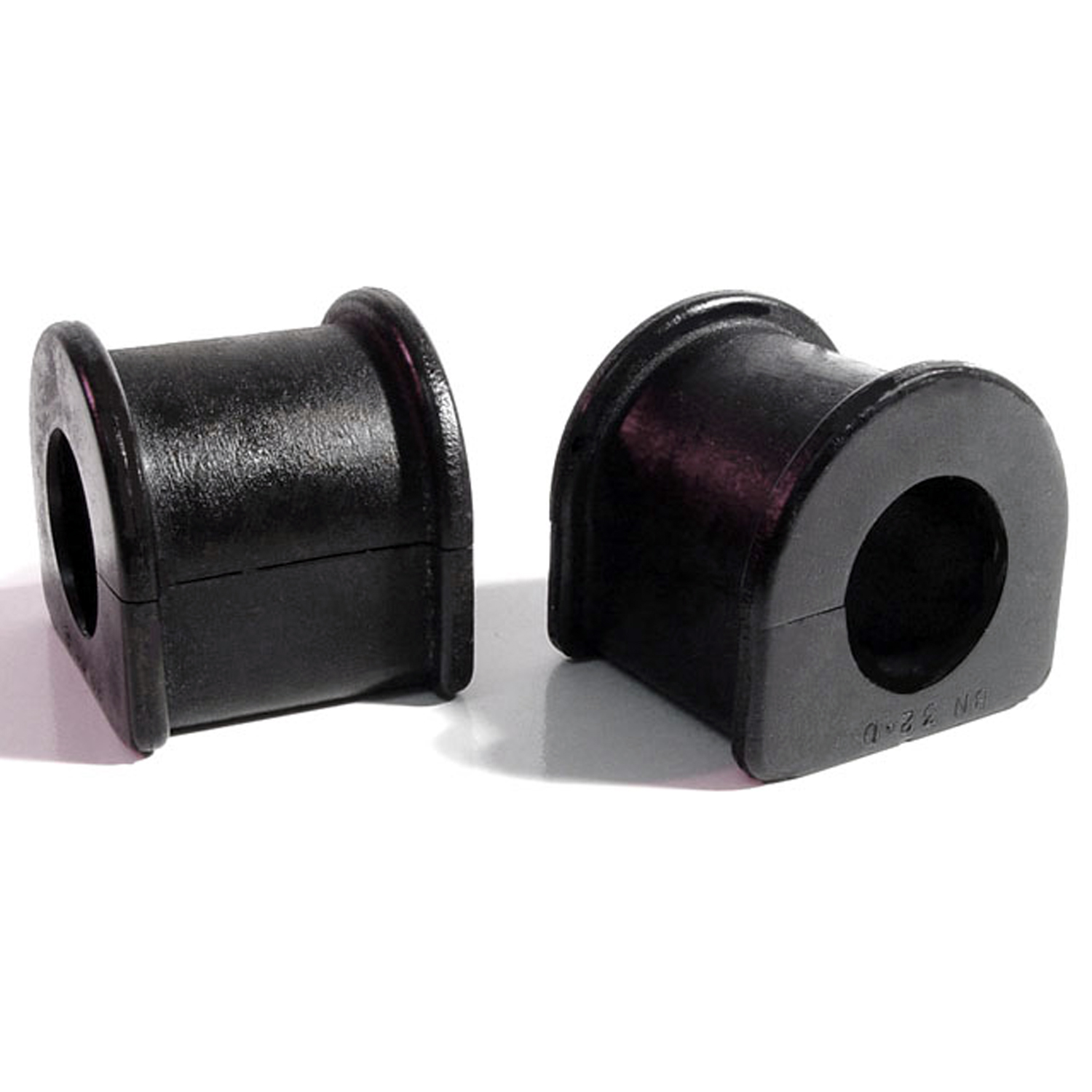 1960 Ford Falcon Stabilizer Bar Bushings-BN 32-DStabilizer Bar Bushings. 1-9/16" long X 1-1/2" wide X 1-5/8" high, 15/16" I.D. Pair
1960 Ford Falcon Stabilizer Bar Bushings-BN 32-DStabilizer Bar Bushings. 1-9/16" long X 1-1/2" wide X 1-5/8" high, 15/16" I.D. Pair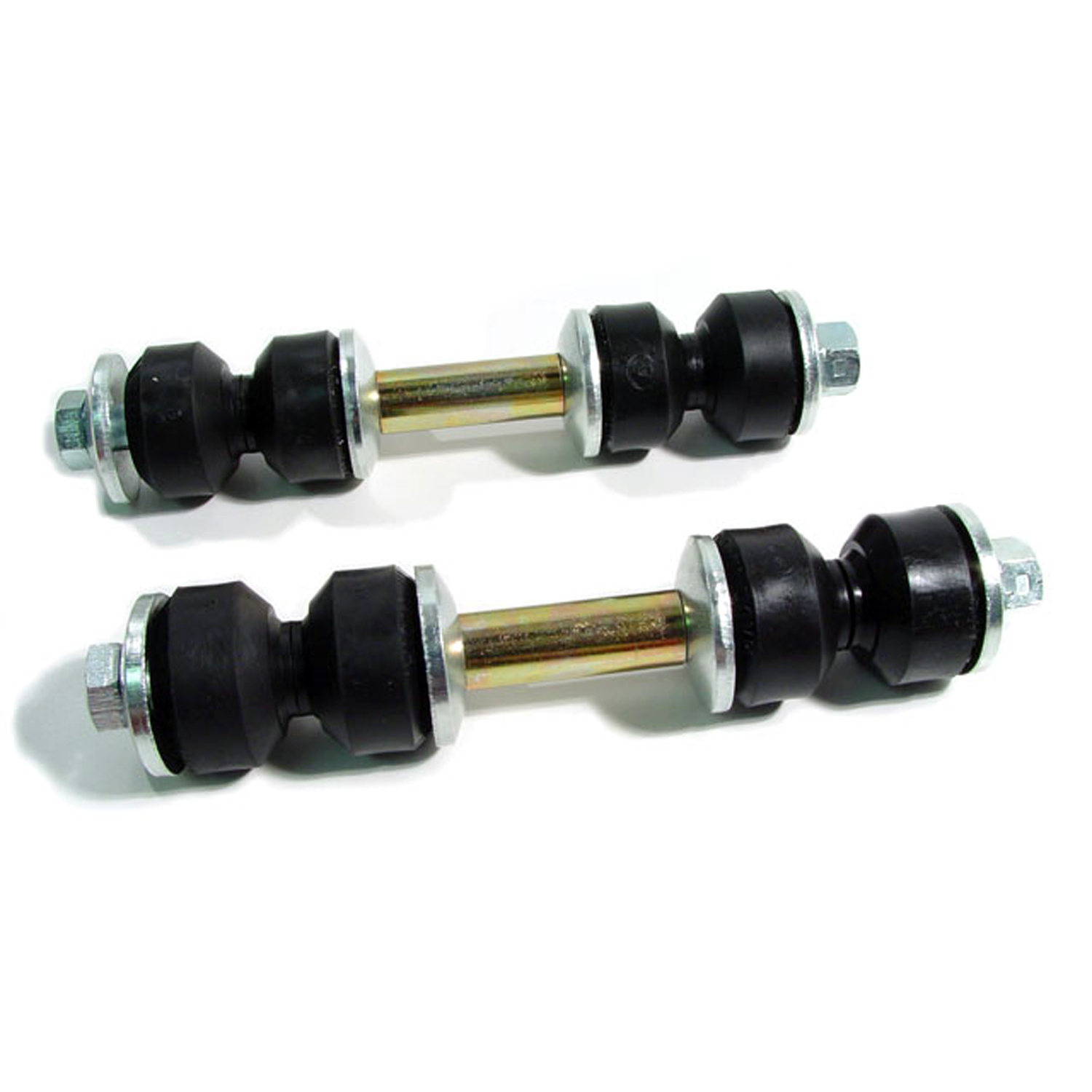 1960 Ford Falcon Front Stabilizer End Repair Kit-BNK 22Front Stabilizer End Repair Kit. 22-piece set for two stabilizer bars. Contains all rubber bushings, washers, bolts and nuts, enough for one front end. Set
1960 Ford Falcon Front Stabilizer End Repair Kit-BNK 22Front Stabilizer End Repair Kit. 22-piece set for two stabilizer bars. Contains all rubber bushings, washers, bolts and nuts, enough for one front end. Set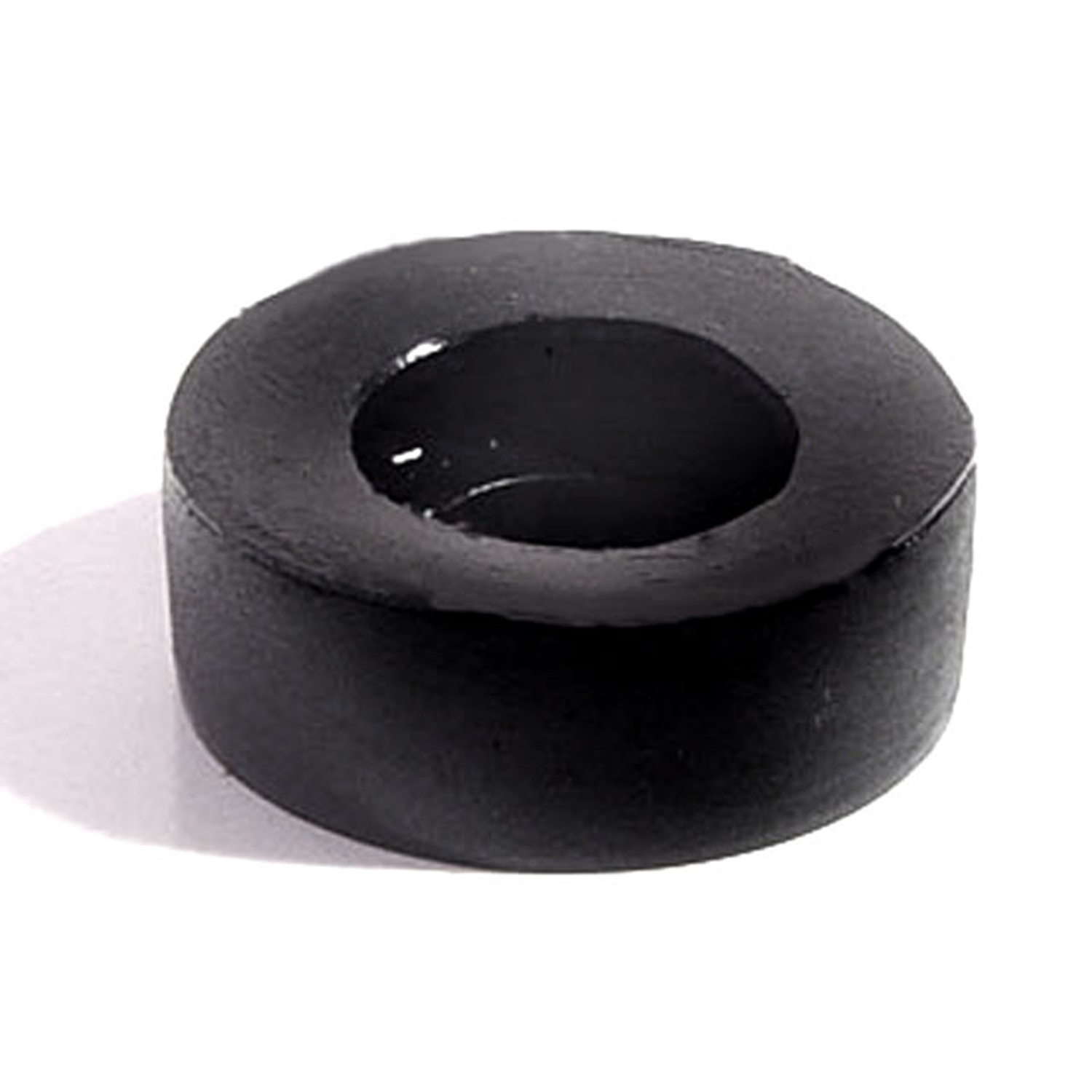 1960 Ford Falcon Door, Hood and Trunk Bumper Cap for adjustment bolt-HA 6Door, Hood and Trunk Bumper Cap for adjustment bolt. 1-1/16" O.D. X 1/2" I.D. X 7/16" thick. Each
1960 Ford Falcon Door, Hood and Trunk Bumper Cap for adjustment bolt-HA 6Door, Hood and Trunk Bumper Cap for adjustment bolt. 1-1/16" O.D. X 1/2" I.D. X 7/16" thick. Each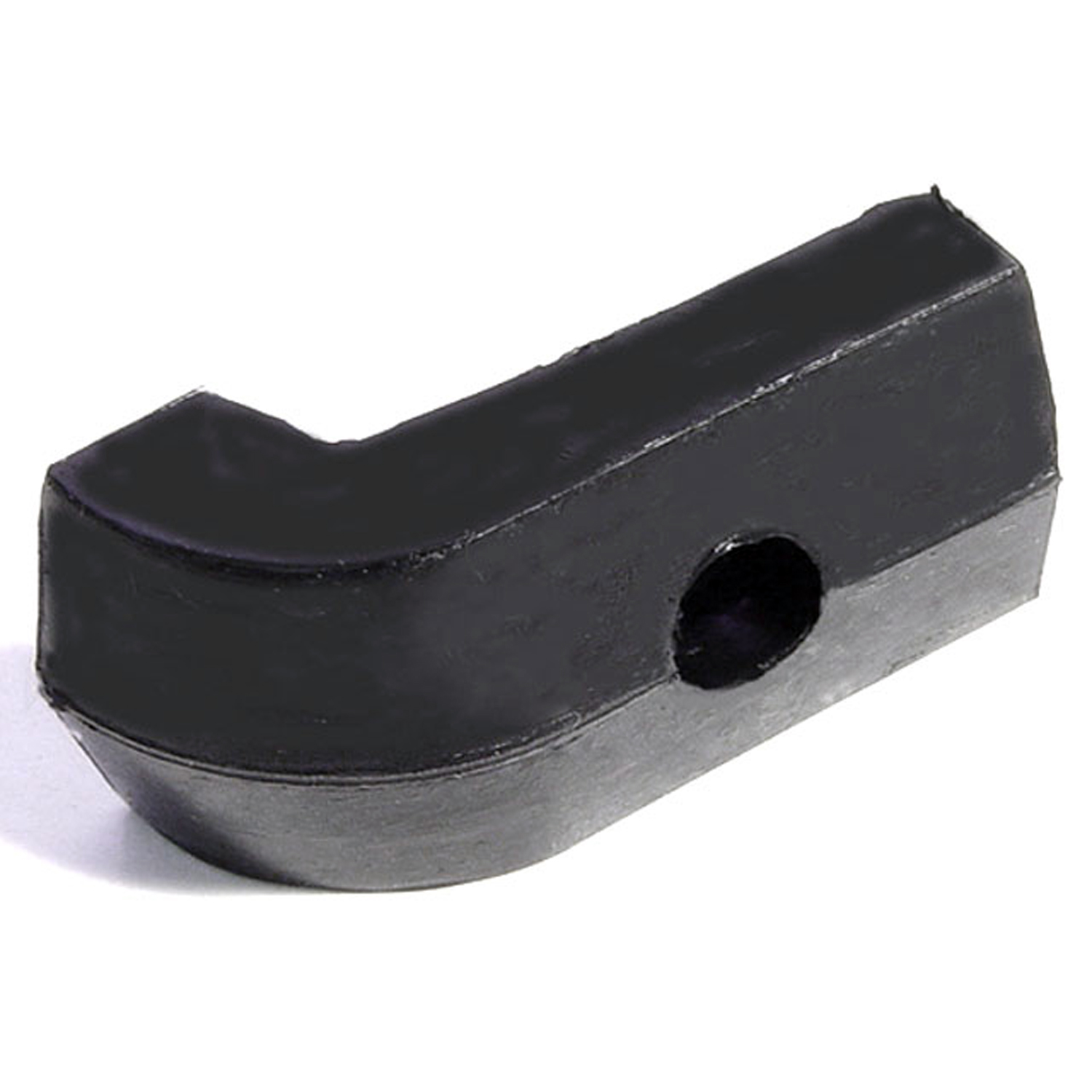 1960 Ford Falcon Hood Bumper. Made with steel core. Held by screw. Each-HF 40Hood Bumper. Made with steel core. Held by screw. Each
1960 Ford Falcon Hood Bumper. Made with steel core. Held by screw. Each-HF 40Hood Bumper. Made with steel core. Held by screw. Each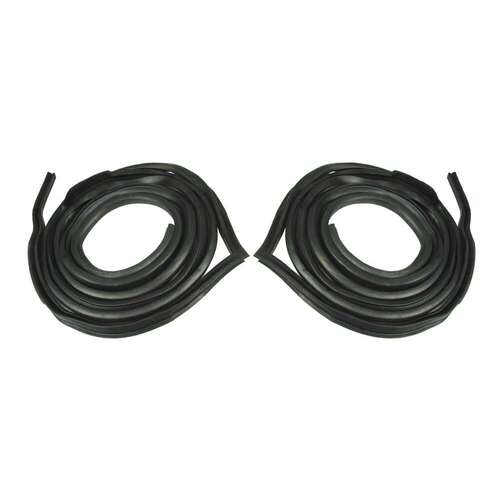 1960 Ford Falcon Door Weatherstrip Seal Kit fits 1960-1965 Ford Falcon & Ranchero 2 Door Sedan-LM 21-OThese door weatherstrips mount on the door with weatherstrip adhesive glue (not included). They fit the driver's and passenger door on the 2 door sedan/wagon models. It's made from high quality ozone resistant EPDM rubber.
1960 Ford Falcon Door Weatherstrip Seal Kit fits 1960-1965 Ford Falcon & Ranchero 2 Door Sedan-LM 21-OThese door weatherstrips mount on the door with weatherstrip adhesive glue (not included). They fit the driver's and passenger door on the 2 door sedan/wagon models. It's made from high quality ozone resistant EPDM rubber.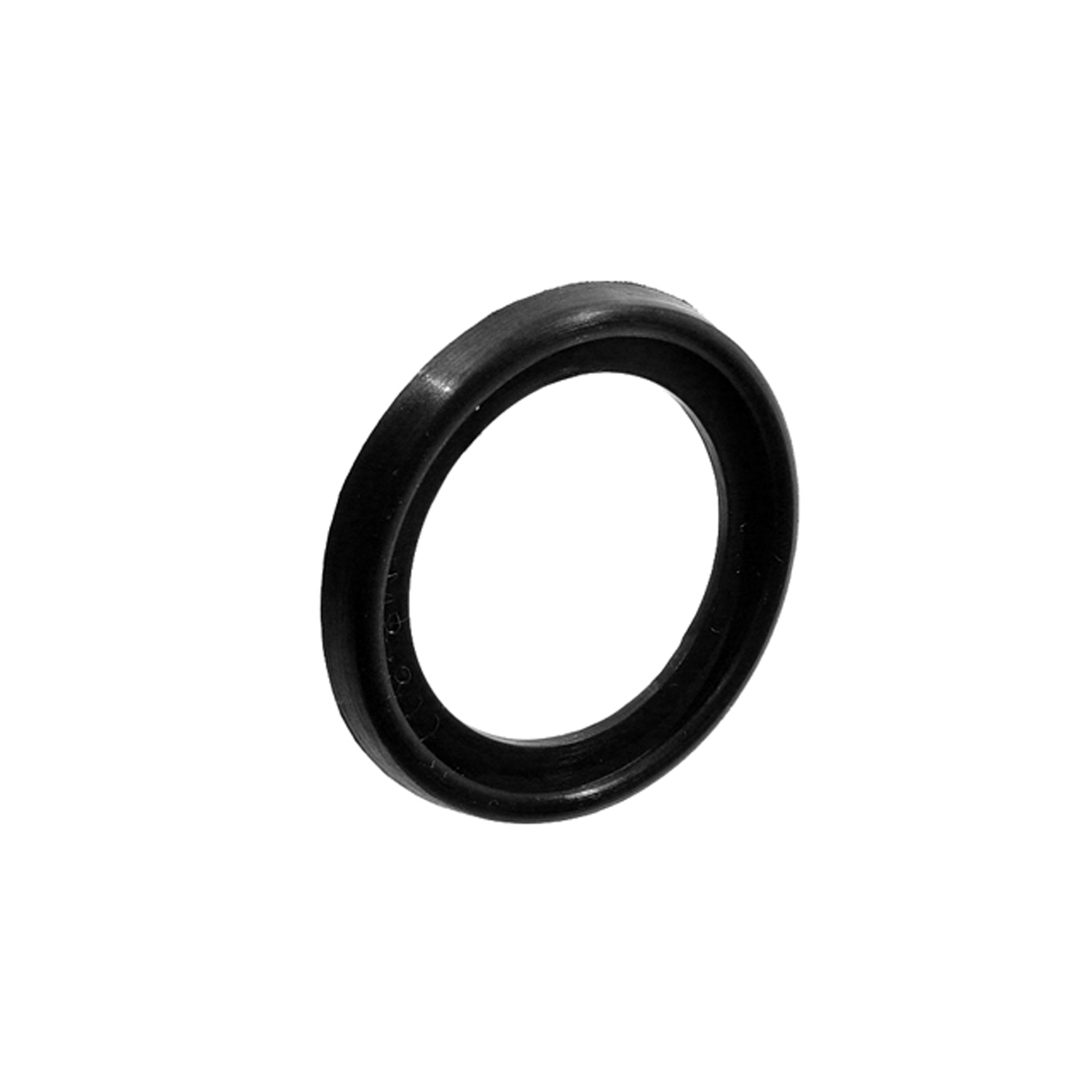 1960 Ford Falcon Antenna Base Mounting Pads 1-3/16" I.D., 1-11/16" O.D. Each-MB 800Antenna Base Mounting Pads 1-3/16" I.D., 1-11/16" O.D. Each
1960 Ford Falcon Antenna Base Mounting Pads 1-3/16" I.D., 1-11/16" O.D. Each-MB 800Antenna Base Mounting Pads 1-3/16" I.D., 1-11/16" O.D. Each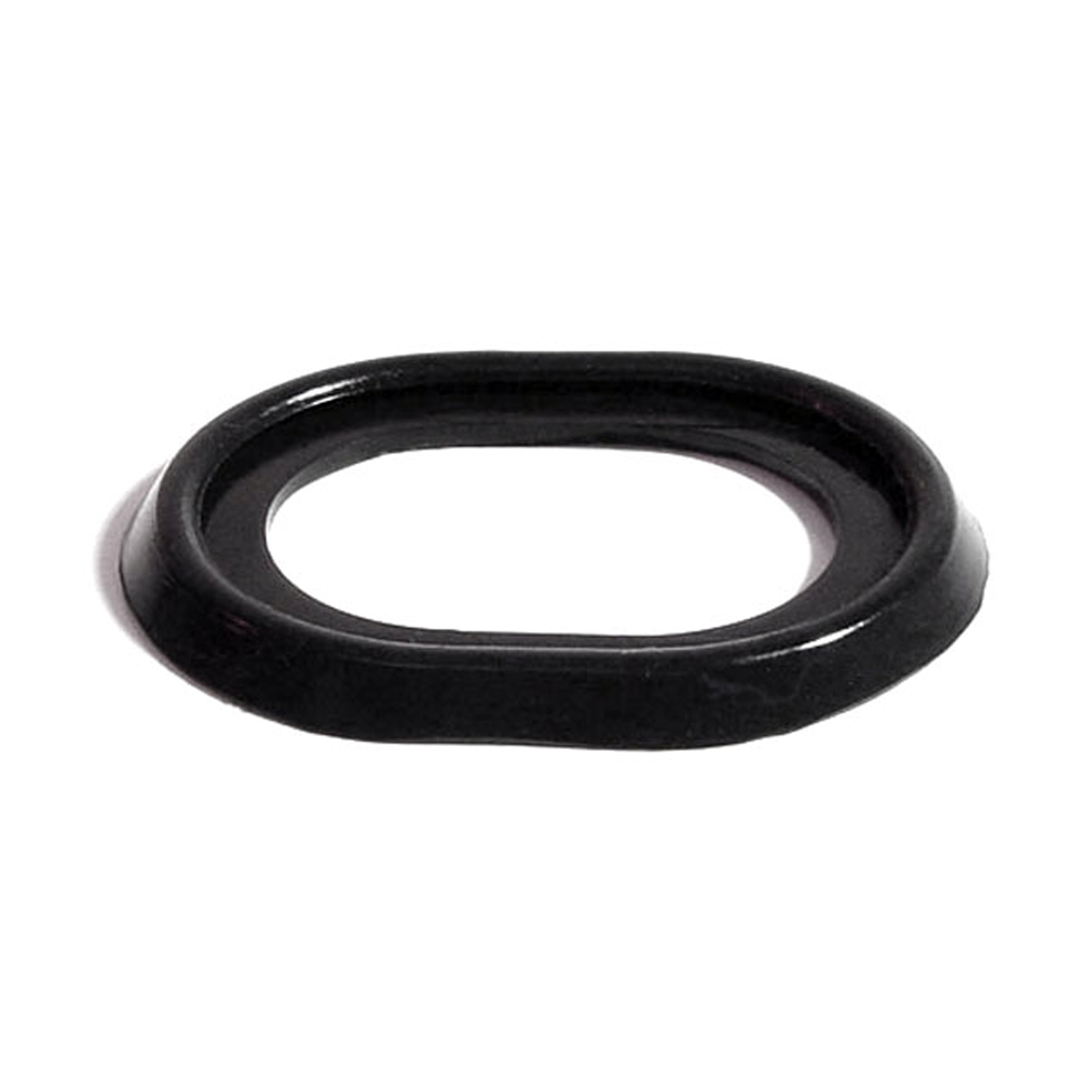 1960 Ford Falcon Antenna Base Pad. 1-5/8" wide X 2-1/8" long. Each-MP 800-GAntenna Base Pad. 1-5/8" wide X 2-1/8" long. Each
1960 Ford Falcon Antenna Base Pad. 1-5/8" wide X 2-1/8" long. Each-MP 800-GAntenna Base Pad. 1-5/8" wide X 2-1/8" long. Each 1960 Ford Falcon Generator Boot. Replaces OEM #C1AZ10170B-RP 2-FGenerator Boot. Replaces OEM #C1AZ10170B. Note: Notch may have to be cut by purchaser. Each
1960 Ford Falcon Generator Boot. Replaces OEM #C1AZ10170B-RP 2-FGenerator Boot. Replaces OEM #C1AZ10170B. Note: Notch may have to be cut by purchaser. Each 1960 Ford Falcon Inlet Box Bellows. Fresh air duct to heater-RP 300-HInlet Box Bellows. Fresh air duct to heater. Made of PVC with lower steel core and wire clamp. 7" wide X 9-1/4" long. Each
1960 Ford Falcon Inlet Box Bellows. Fresh air duct to heater-RP 300-HInlet Box Bellows. Fresh air duct to heater. Made of PVC with lower steel core and wire clamp. 7" wide X 9-1/4" long. Each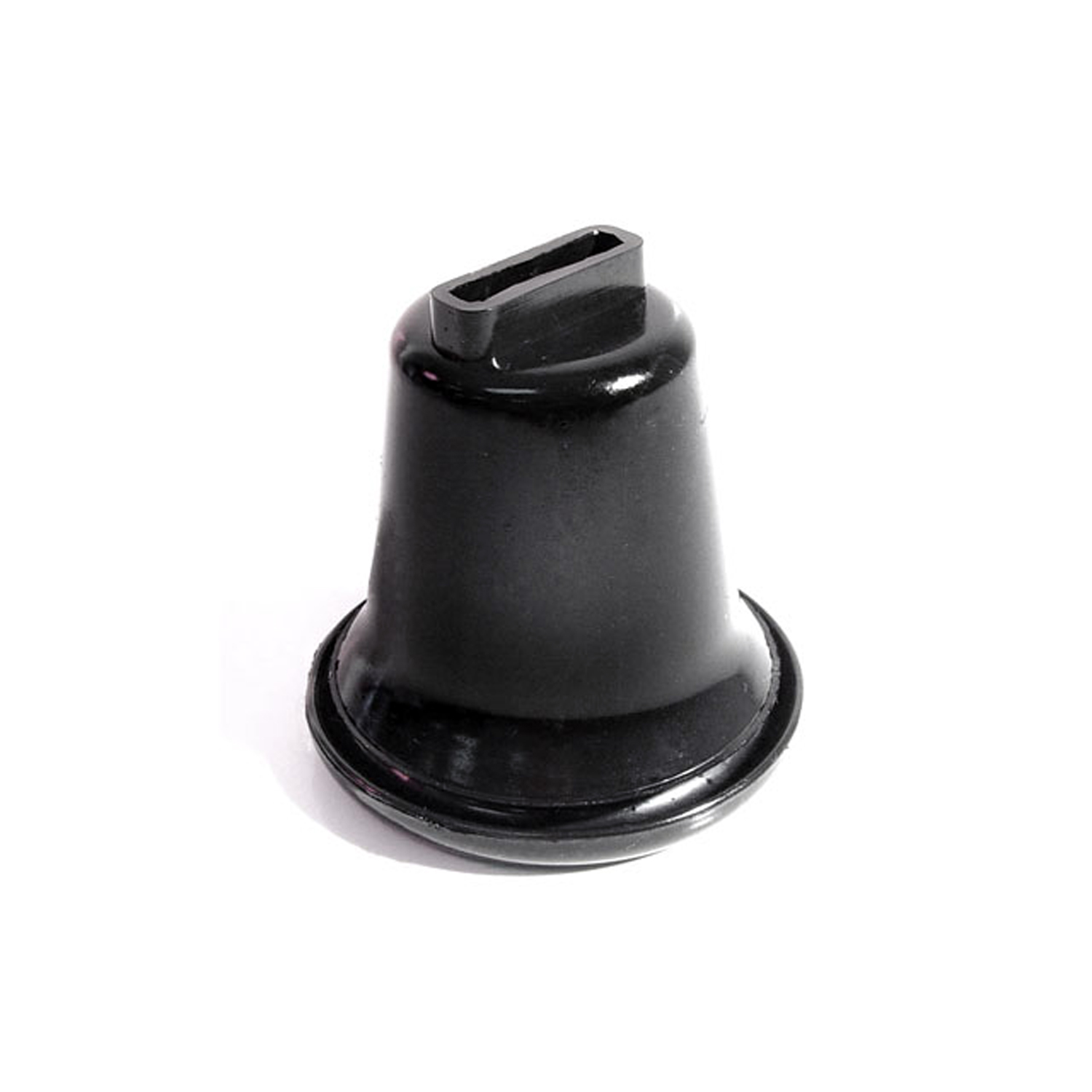 1960 Ford Falcon Brake Booster Boot. Each-RP 32-AABrake Booster Boot. Each
1960 Ford Falcon Brake Booster Boot. Each-RP 32-AABrake Booster Boot. Each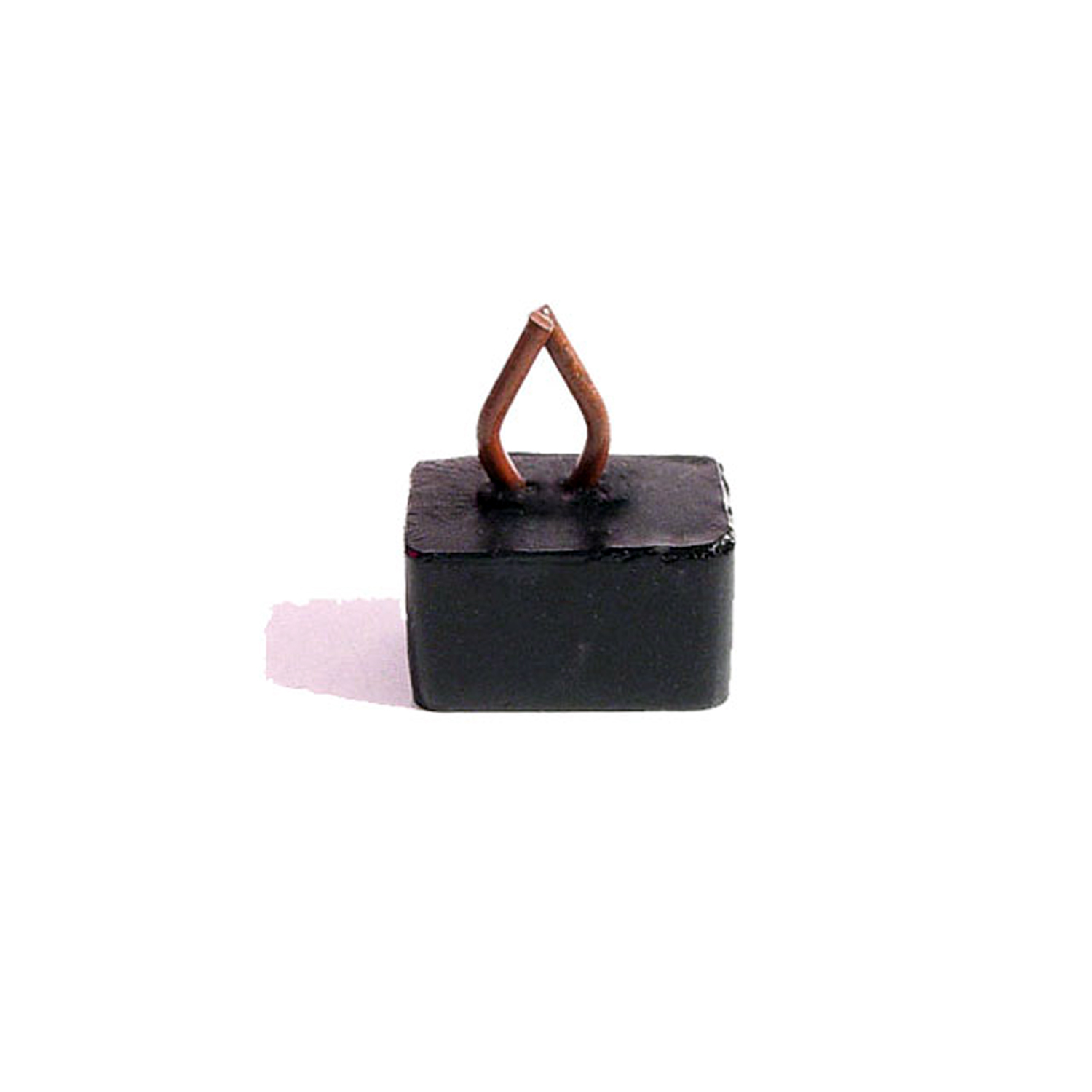 1960 Ford Falcon Hood Bumper. Snap-in wire base like original. Each-SB 89-AHood Bumper. Snap-in wire base like original. Each
1960 Ford Falcon Hood Bumper. Snap-in wire base like original. Each-SB 89-AHood Bumper. Snap-in wire base like original. Each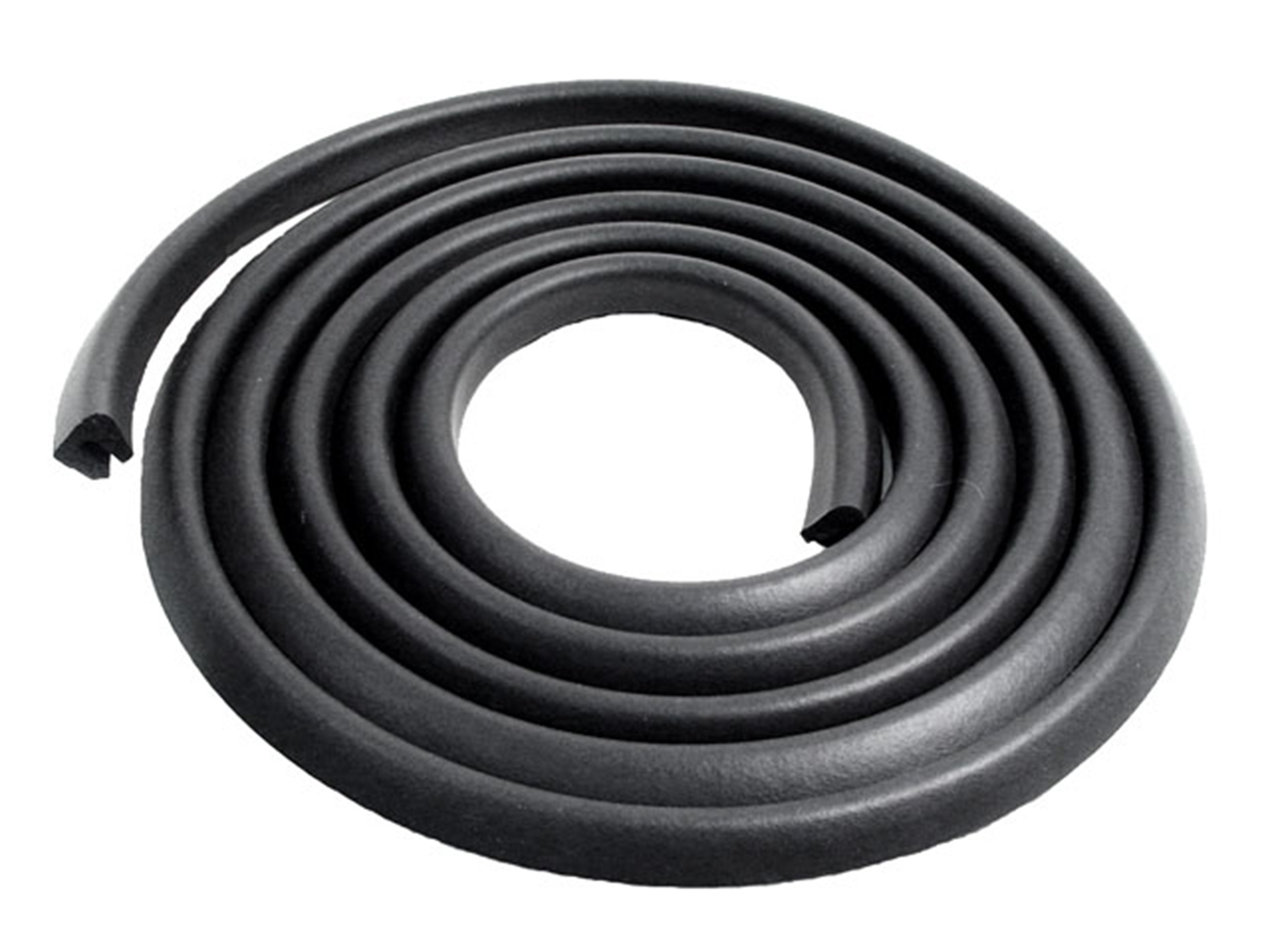 1960 Ford Falcon Trunk Seal, 14'1" long. Fits all models except Fastback-TK 51-A/14Trunk Seal, 14'1" long. Fits all models except Fastback. Each
1960 Ford Falcon Trunk Seal, 14'1" long. Fits all models except Fastback-TK 51-A/14Trunk Seal, 14'1" long. Fits all models except Fastback. Each 1960 Ford Falcon Trunk Seal. Each-TK 51-F/14Trunk Seal. Each
1960 Ford Falcon Trunk Seal. Each-TK 51-F/14Trunk Seal. Each 1960 Ford Falcon Rear roll-up Seal. Two 18" sections sliced into metal track-VS 4Rear roll-up Seal. Two 18" sections sliced into metal track. this foot with no steel insert. Pair
1960 Ford Falcon Rear roll-up Seal. Two 18" sections sliced into metal track-VS 4Rear roll-up Seal. Two 18" sections sliced into metal track. this foot with no steel insert. Pair 1960 Ford Falcon Vertical Seals for Vent Window. Each piece is 17" long-VS 6Vertical Seals for Vent Window. Each piece is 17" long. Pair
1960 Ford Falcon Vertical Seals for Vent Window. Each piece is 17" long-VS 6Vertical Seals for Vent Window. Each piece is 17" long. Pair 1960 Ford Falcon Vertical Seal for Vent Window. Sold by the foot.-VS 6/FTVertical Seal for Vent Window. Sold by the foot.
1960 Ford Falcon Vertical Seal for Vent Window. Sold by the foot.-VS 6/FTVertical Seal for Vent Window. Sold by the foot.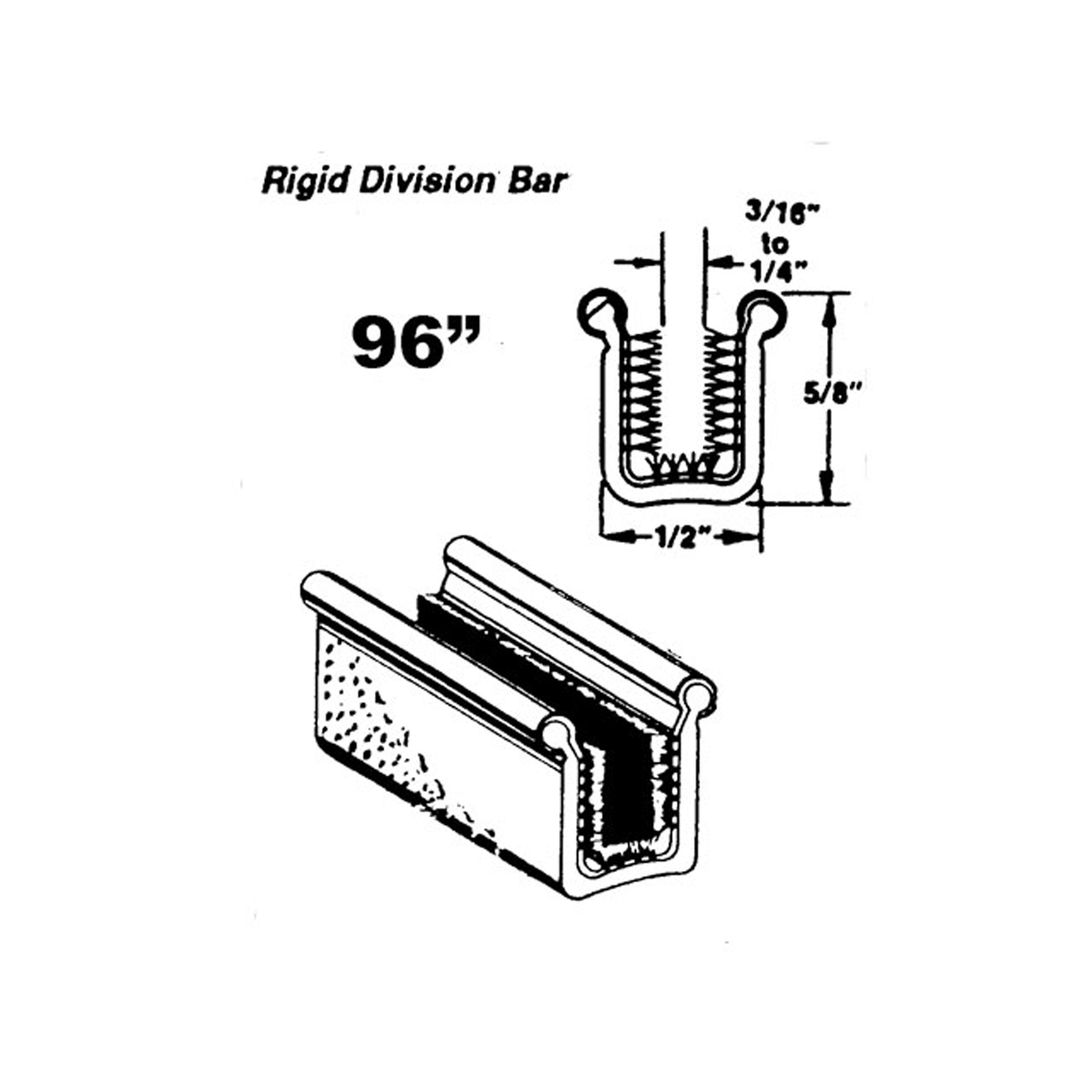 1960 Ford Falcon Rigid division-bar channel-WC 28-96Rigid division-bar channel. Made with stainless steel bead, heavy steel core and pile lining. 96 in. long. Each. NOTE: $20 special shipping charge applies for domestic orders. Call or email for overseas shipping costs. Part can be sectioned in two or three equal lengths to reduce overseas shipping costs.
1960 Ford Falcon Rigid division-bar channel-WC 28-96Rigid division-bar channel. Made with stainless steel bead, heavy steel core and pile lining. 96 in. long. Each. NOTE: $20 special shipping charge applies for domestic orders. Call or email for overseas shipping costs. Part can be sectioned in two or three equal lengths to reduce overseas shipping costs. 1960 Ford Falcon Flexible window sweeper. Made with stainless steel bead-WC 7-96Flexible window sweeper. Made with stainless steel bead. 96 in. long. Each. NOTE: $20 special shipping charge applies for domestic orders. Call or email for overseas shipping costs. Part can be sectioned in two or three equal lengths to reduce overseas shipping costs.
1960 Ford Falcon Flexible window sweeper. Made with stainless steel bead-WC 7-96Flexible window sweeper. Made with stainless steel bead. 96 in. long. Each. NOTE: $20 special shipping charge applies for domestic orders. Call or email for overseas shipping costs. Part can be sectioned in two or three equal lengths to reduce overseas shipping costs.Why Choose Metro?
For over 100 years, Metro Moulded Parts has been the pinnacle of quality in classic car restoration parts. Our commitment to precision and authenticity in every component ensures a perfect fit and an OEM-level appearance.
- Expert Craftsmanship & Quality: Each part is a testament to our dedication to reliability and perfection, crafted from original designs and thoroughly tested.
- Advanced Technology: We use cutting-edge techniques to create flawless, long-lasting parts that surpass others in performance.
- SuperSoft Sponge – The Ultimate Door Seal: Not only are our door seals 30% softer than competitors', but they're also guaranteed to never leak. They effectively reduce wind and road noise, enhancing your classic car's comfort and driving experience.
- Proudly American: Our parts are a product of American craftsmanship, made in the USA with a spirit of excellence and heritage.
- Unrivaled Warranty: We back our products with a 30-year industry-leading warranty, a testament to our confidence in their quality.
Join us in preserving the legacy of classic cars with parts that are crafted for perfection, not just made.

